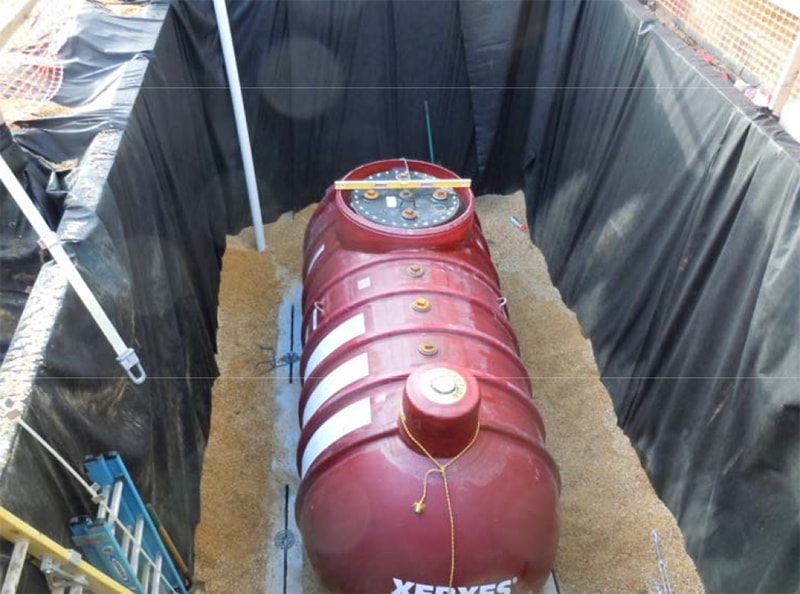When it comes to underground storage tank maintenance, one of the most important concerns is making sure that no water is accidentally entering the tank. The introduction of water into your storage tank can cause serious problems for both the tank as well as its contents. Water can quickly corrode your underground storage tank and introduce bacteria into the contents, shortening their lifespan. In today’s blog, learn how to detect water in your storage tank so that you can take steps to remedy the problem before it creates an even bigger issue.

Checking the automatic tank gauge
Underground storage tanks are equipped with automatic tank gauges that are attached permanently to the tank. The gauge consists of a probe that is installed inside the tank which is connected to a monitor and a processor that is set up in a nearby facility which allows the storage tank operator to take readings from a safe distance. One processor can handle information from multiple probes, allowing the tank operator to take readings of more than one tank at the same time. An automatic tank gauge system is required to have the ability to detect leaking even in tiny quantities, with the minimum allowed being 0.2 gallons per hour.
Using an automatic tank gauge
A tank operator may initiate a leak test manually or the system may be started automatically by the gauge itself in the event that a problem is detected. Your underground storage tank should be leak tested at least once per month and this test needs to be performed when the tank is completely or nearly full. A leak test will usually take between 3-5 hours but the contents of your underground storage tank should not be withdrawn from or delivered to the tank for a 6-hour window before and after the leak test. Most often, leak tests are performed overnight.
Inconclusive results
If your leak test results in inconclusive results, you’ll need to repeat the test until you obtain a conclusive result. Inconclusive results generally occur because of systems malfunction, the inadequate product within the tank, poor weather, and product being added or withdrawn before or after the test.